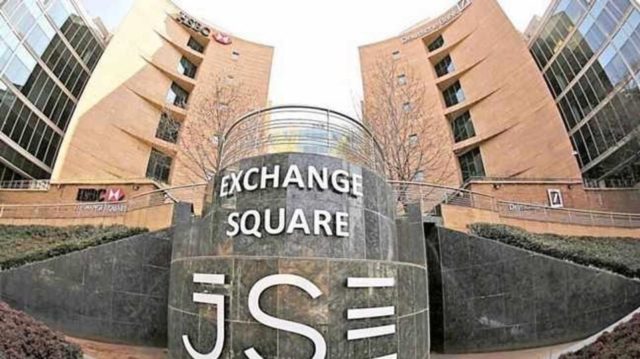OPINION: Two main events hit South Africa’s financial markets last week, causing notable volatile movement, especially to the rand exchange rate and share prices of the JSE-lited companies, writes Chris Harmse.
TWO MAIN events hit South Africa’s financial markets last week, causing notable volatile movement, especially to the rand exchange rate and share prices of the JSE-lited companies.
President Cyril Ramaphosa’s State of the Nation address (Sona) and the release of the US inflation number for January – both of which took place on Thursday evening, defined the week.
Financial markets, however, had started to discount expectations already since last Tuesday.
The rand anticipated that the president’s address would take a new direction that would benefit the South African economy. Further, that it would also address the long-awaited action against state capture, as well as a strong opinion on the action or lack thereof, on the part of the Cabinet and the securities agencies against the unrest in KwaZulu-Natal and Gauteng last July.
The rand opened last Tuesday morning on R15.53 to the dollar; just before the address was delivered on Thursday it had appreciated to R15.04.
The news that the US inflation rate had accelerated from 7 percent in December 2021, to 7.5 percent in January 2022, came as a shock to world markets. This figure was released during the time of Ramaphosa’s speech. The rand had depreciated back to R15.21 at the close of the US markets on Thursday.
The rand was on Friday afternoon stronger at R15.07 in South Africa. This was a 42 cents, or 2.7 percent, appreciation since the previous Friday. But as US equities moved negatively on Friday evening, the volatile currency once again lost 15c, to close at R15.22, proving the vulnerability of South African markets.
On Wall Street, in reaction to the US inflation woes, share prices continued their downward correction. At the close on Friday, the Dow Jones (-1.43 percent for the day) was down 1.2 percent for the week. The S&P 500 (-1.9 percent) lost 1.8 percent, and the Nasdaq (-2.8 percent) traded lower since the previous Friday by 2.2 percent.
The market-oriented stance of Ramaphosa’s “new” direction economic policy is strongly reminiscent of the Growth, Employment and Redistribution policy introduced during the late 1990s by Thabo Mbeki. It was this economic growth and development plan that saw the South African economy return to growth rates of more than 4 percent during the period 2001 to 2004, with unemployment moving to lower than 20 percent and the government budget moving into a surplus.
This “privatisation” stance taken by Ramaphosa surprised not only politicians, but surely foreign investors and analysts. In future, people may refer to the 2022 Sona as Ramaphosa’s “Rubicon” speech.
Despite the strong negative movement in global share prices on Friday, the JSE ended the day flat, but still ended the week stronger. The all share index hit a new record on Friday to close at a level of 76,383 points, gaining 1.5 percent since the previous Friday, and is trading 3.7 percent higher than at the beginning of the year.
The Industrial 25 index (mostly rand hedging shares) traded marginally lower over the week by 0.14 percent. The president’s address and the stronger rand boosted financials as the Financial 15 gained 3.1 percent.
The president did not go as far as to privatise the big state-owned enterprises (SOEs), but introduced brave yet essential policies, breaking the monopolies enjoyed by Eskom and Transnet, and allowing the private sector to now compete with these entities.
Ramaphosa made it clear that he will boost private, local and foreign direct investment in infrastructure and other economic programmes during his investment conference next month. Once again, the emphasis is shifting away from state intervention.
Although some South Africans are concerned about where the minister of finance will get the funds to prolong the monthly R350 social grant system until March 2023, markets await direction from Enoch Godongwana’s Budget speech on February 23.
This week, focus will mainly be on the release of the minutes of the US Federal open market committee meeting, which took place in January.
Japan will release its fourth quarter 2021 gross domestic product growth rate figure, the UK will publish its latest unemployment and inflation rates. The US will release the retail sales numbers for January as well as various housing figures during the week.
Locally, Statistics SA will announce the inflation rate for January.
* Dr Chris Harmse is the economist at CH Economics and a lecturer at the School of Commerce at Stadio University.
** The views expressed here are not necessarily those of the DFA.
– BUSINESS REPORT








